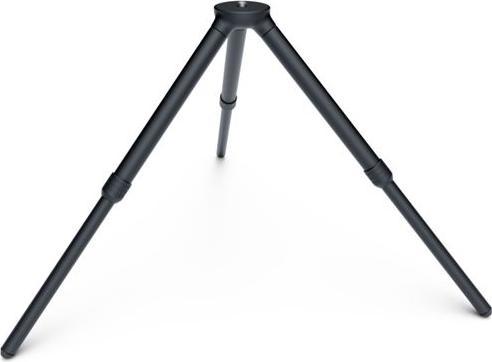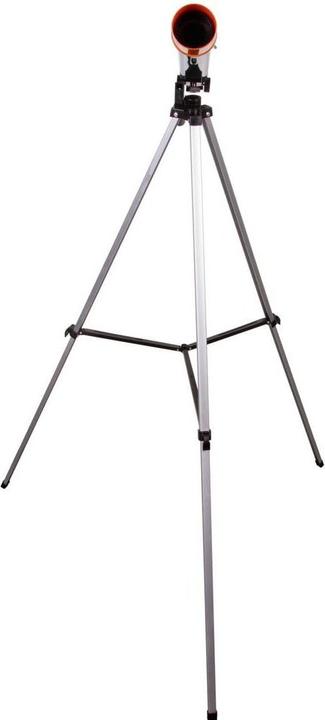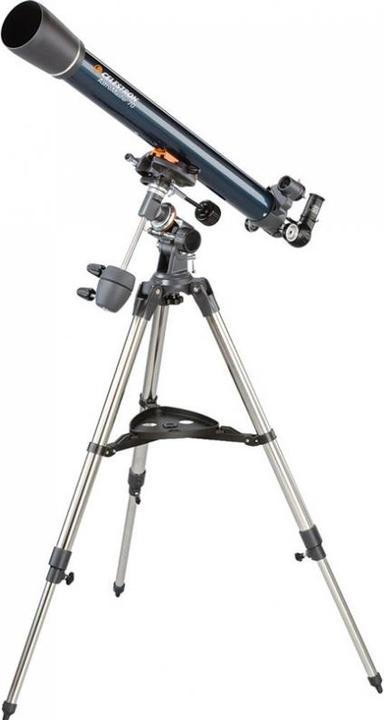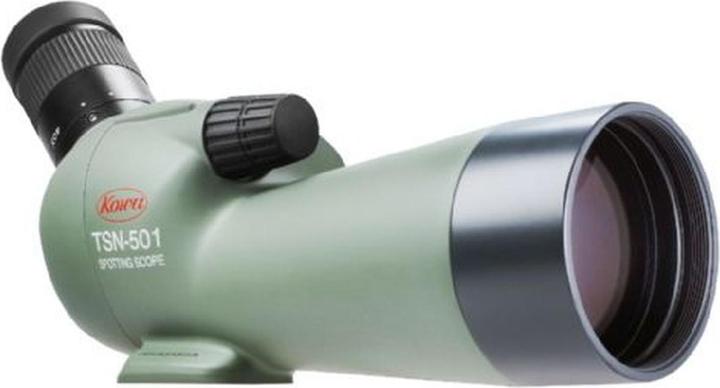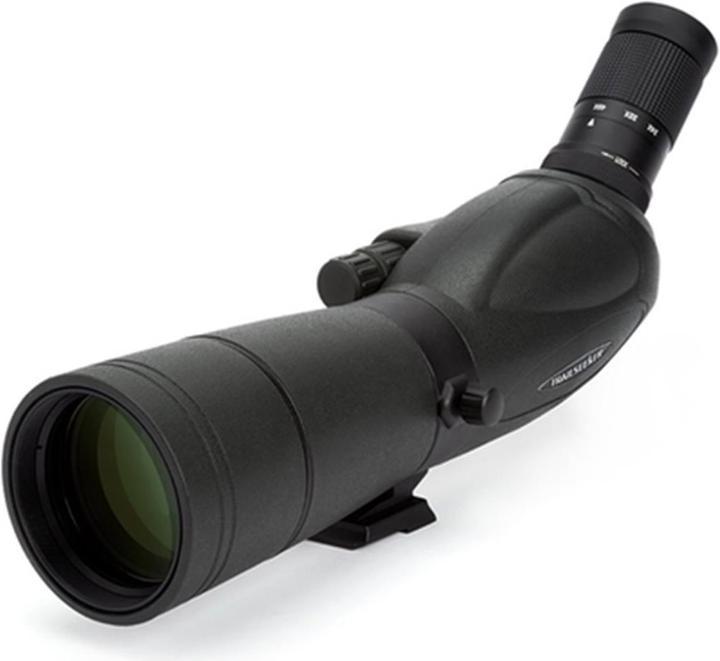
Too Many Telescopes? Here's How to Choose the Right One
Explore these essential tips to help you find the perfect telescope for your stargazing adventures.
Last updated 1 day ago. Automatically generated content.


Select options and limit the number of products
Telescope type determines the design and optical system used, affecting how light is gathered and focused. Choosing the right type is essential as it influences the viewing experience, ease of use, and suitability for specific astronomical observations.
Popular options (you can select more than one)
Spotting scope
Typical price
130,– to 610,–Compact and portable, designed for terrestrial and casual astronomical viewing.
Ideal for beginners or those needing a lightweight option, offering easy setup and use for observing landscapes and wildlife.
Bestseller
Refractor
Typical price
94,– to 260,–Uses lenses to gather and focus light, providing crisp and high-contrast images.
Great for viewing planets and the moon, known for minimal maintenance and ease of use, especially for beginners.
Bestseller
Reflector telescope
Typical price
120,– to 400,–Utilizes mirrors to collect and focus light, generally offering larger apertures at a lower cost.
Best suited for deep-sky observations, providing excellent light-gathering power for viewing faint objects like galaxies and nebulae.
Bestseller
Magnification determines how much closer and detailed distant objects appear through the telescope. It affects the viewing experience by allowing users to see finer details of celestial bodies, which is crucial for both amateur stargazers and professional astronomers.
Popular options
Up to 60 x
Typical price
100,– to 520,–Suitable for observing large celestial objects like the moon and star clusters.
Ideal for beginners, providing a wide field of view with easier tracking of moving objects.
Bestseller
61 - 120 x
Typical price
80,– to 340,–Offers a balanced view with more detail on planets and some deep-sky objects.
Great for intermediate users seeking enhanced clarity and detail without sacrificing too much field of view.
Bestseller
121 - 307 x
Typical price
130,– to 320,–Allows for detailed observation of planets and smaller deep-sky objects like nebulae.
Best for experienced users who want to explore intricate details, though requires stable conditions and precise adjustments.
Bestseller
Focal length in telescopes determines the magnification and field of view, influencing how large and detailed objects appear. It's crucial for aligning telescope capabilities with intended use, such as wide-field views for star clusters or high magnification for planetary observation.
Popular options
Up to 320 mm
Short focal lengths provide a wide field of view, suitable for observing large star clusters and nebulae.
Ideal for beginners or those interested in wide-field astronomy, offering ease of use and portability.
Bestseller
321 - 700 mm
Medium focal lengths offer a balanced field of view and magnification, versatile for various celestial observations.
Great for users seeking flexibility, providing detailed views of planets while still capable of wide-field star gazing.
Bestseller
701 - 900 mm
Longer focal lengths provide higher magnification, ideal for detailed observations of the moon and planets.
Best for experienced astronomers focusing on high-detail planetary and lunar studies, offering enhanced image quality.
Bestseller
The telescope application range defines the primary usage scenarios for a telescope, influencing the design and features that best suit specific observational needs. Choosing the right application range ensures optimal performance and satisfaction in viewing experiences, whether for terrestrial or celestial observation.
Popular options (you can select more than one)
Nature observation
Typical price
100,– to 520,–Designed for terrestrial viewing, offering wider fields of view and portability.
Ideal for birdwatching or landscape observation, providing clear and detailed images of natural environments.
Bestseller
Moon & Planets
Typical price
100,– to 320,–Features high magnification and clarity for observing lunar and planetary details.
Perfect for amateur astronomers seeking to explore the visible planets and lunar features with precision.
Bestseller
Nebulae & Galaxies
Typical price
200,– to 1600,–Equipped with larger apertures to capture faint light from distant celestial objects.
Best suited for deep-sky enthusiasts aiming to observe distant galaxies and nebulae in greater detail.
Bestseller
Astrophotography
Typical price
170,– to 1600,–Includes mounts and tracking capabilities to facilitate long-exposure photography.
Ideal for capturing detailed images of celestial events and structures, combining observation with photography.
Bestseller
Choosing the right telescope brand is crucial as it affects the quality, durability, and performance of the instrument. Brands like Celestron, Bresser, and National Geographic offer diverse options catering to various needs, from beginners to professional astronomers.
Popular brands (you can select more than one)
Celestron
Renowned for innovative and high-quality telescopes, suitable for all levels.
Offers advanced technology like StarSense for easy alignment and enhanced viewing experiences.
Bestseller
Bresser
Known for providing affordable yet reliable telescopes, catering to entry-level users.
Ideal for hobbyists seeking easy-to-use models with decent optical performance.
Bestseller
National Geographic
Offers a range of educational telescopes, perfect for beginners and young astronomers.
Focuses on easy setup and portability, encouraging exploration and learning.
Bestseller
Kowa
Specializes in high-end optics with exceptional clarity and precision.
Well-suited for professional astronomers requiring robust and durable equipment.
Bestseller
Dörr
Provides budget-friendly telescopes with a focus on practicality and functionality.
Great for casual users interested in simple stargazing without complex features.
Bestseller
